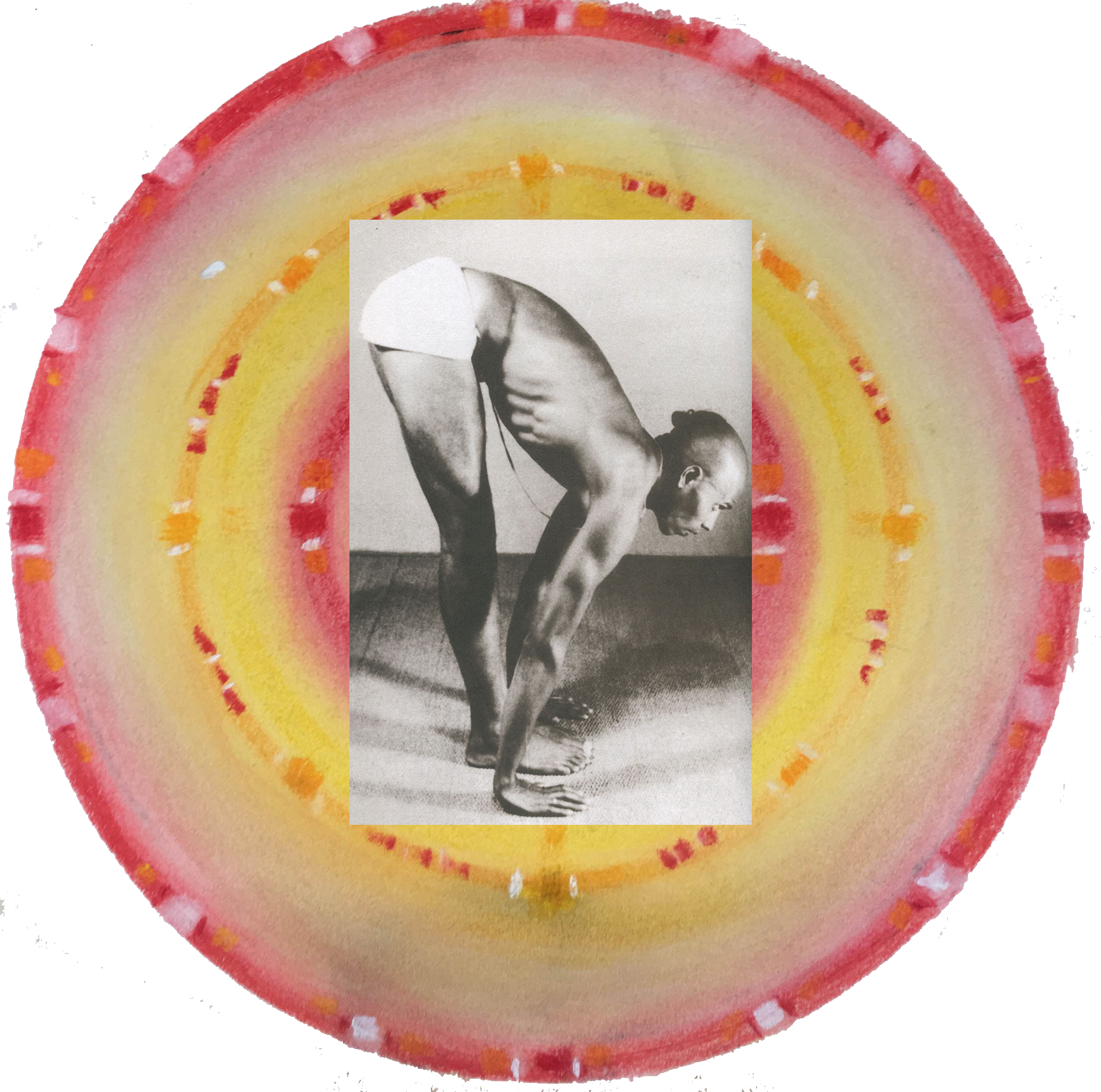
There are many different sources of where you get your ideas of what a posture should look like. These include: seeing other student’s asanas in class, watching asana demonstrations, engaging in social media outlets such as Youtube, Facebook etc, and also through cheat sheets figures, photographs, videos, or images in books. These pre-existing pictures have the potential to exert a negative influence over how you try to do your postures because you will unconsciously try to make a shape that looks like the internal picture that you form from a body that is not your own. Learning to exert even a tiny bit of conscious control over the largely unconscious process of image formation will greatly increase your understanding of asana theory and practice.
It is a common and costly mistake to think that your ideal position will or ought to be the same as someone else’s ideal position. And this mistake will certainly happen if you allow your ego to be overly invested in what your asana looks like compared to idealized versions that you have seen in classes, photo’s, video’s etc. Conscious, minimally biased image formation is what you want.
You want to learn to recognize the unconscious, distorted images that come from afflicted states of ego, attachment, aversion, or fear, and switch them to new images that come from receptivity, creativity, soul, and equanimity. You want to learn to swiftly recognize the qualitative difference between these two sorts of images, and increase your power to determine the direction and flavor of your efforts in your practice.
The fact is you’ll need to formulate an individual, custom image that leads you to a safe, workable, and satisfying expression of each posture. Success in this requires an extraordinarily high level of interest and involvement on your part in the gritty asana details of your practice. Each asana, yantra (image) will need to be puzzled and sorted through, taking into account the alignment principles that exist for the shape your body is making. In order to find what you are looking for you’ll need to combine alignment principles with your own unique strengths and weaknesses that are exposed through attempting to make a particular shape.
There is a branch of yoga called Japa Yantra, whose main theme is to harness the image making power of the mind to create internal awareness and meditative states. A Yantra, is a visual device, a practice tool that involves repeatedly recollecting a selected image. The image is thought of as sacred because it is an internal map and by its contemplation your body organizes itself around the image and brings you into a state of connected awareness.
Part of studying asana is to think of your asana as a Yantra, a visual contemplative device. Thinking of your asana as a Yantra causes you to go from automatically and unconsciously formulating internal visual images of the positions that you practice in your sequences, to consciously and intentionally formulating these images. Yantra study involves taking at least a small measure of conscious control over the images that you form, rather than allowing the image formation to happen all of its own accord.
This means that your practice is not only a physical execution of your asanas each morning; you create meditation by allowing your mind to muse over the images that you form of the positions. You learn to make each particular asana shape by training yourself to embody the contemplative yantra images that are found in the classical hatha and tantra yoga iconographies. There is a receptive element to it, a clearing of your mind and allowing images to formulate, but from this place of receptivity you position yourself to participate directly in the image formation that is then expressed in physical movement and posture.
Comments
No comments.